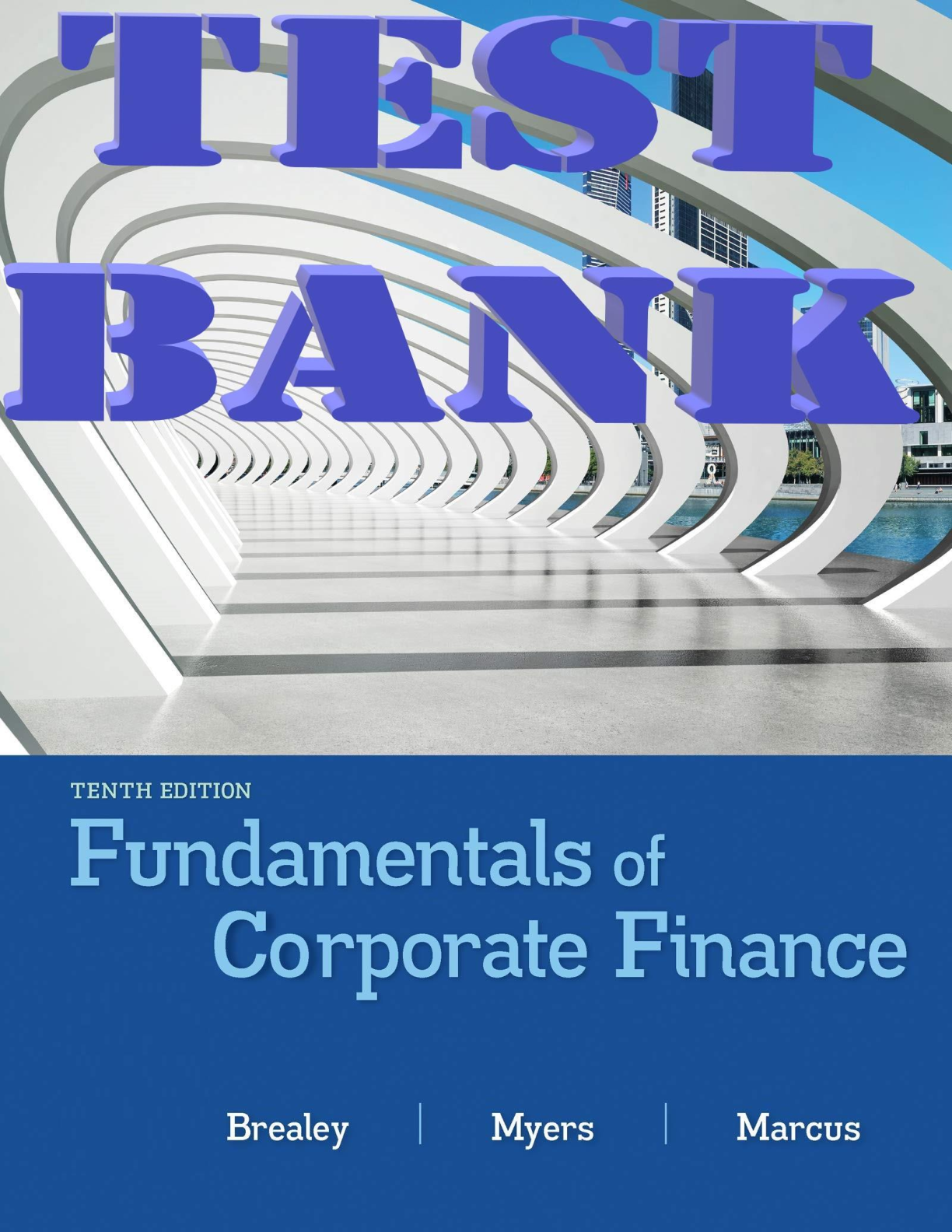Law > TEST BANK > WILEY SERIES 65 EXAM REVIEW 2016 The Uniform Investment Adviser Law Examination The Securities Ins (All)
WILEY SERIES 65 EXAM REVIEW 2016 The Uniform Investment Adviser Law Examination The Securities Institute of America, Inc.
Document Content and Description Below
WILEY SERIES 65 EXAM REVIEW 2016 The Uniform Investment Adviser Law Examination The Securities Institute of America, Inc. Contents ABOUT THE SERIES 65 EXAM xxi ABOUT THIS BOOK xxv ABOUT THE ... TEST BANK xxvii ABOUT THE SECURITIES INSTITUTE OF AMERICA xxix CHAPTER 1 EQUITY SECURITIES 1 What Is a Security? 1 Equity = Stock 2 Common Stock 2 Corporate Time Line 2 Values of Common Stock 4 Book Value 4 Par Value 5 Rights of Common Stockholders 5 Preemptive Rights 5 Characteristics of a Rights Offering 6 Determining the Value of a Right Cum Rights 7 Determining the Value of a Right Ex Rights 7 Voting 8 vi Contents Limited Liability 9 Freely Transferable 9 The Transfer Agent 10 The Registrar 10 CUSIP Numbers 11 Inspection of Books and Records 11 Residual Claim to Assets 11 Why Do People Buy Common Stock? 11 Income 11 What Are the Risks of Owning Common Stock? 12 How Does Someone Become a Stockholder? 13 Preferred Stock 14 Features of All Preferred Stock 14 Types of Preferred Stock 16 Callable Preferred 17 Types of Dividends 17 Dividend Distribution 18 Taxation of Dividends 20 Selling Dividends 20 Dividend Disbursement Process 21 Warrants 21 How Do People Get Warrants? 21 American Depositary Receipts (ADRs)/American Depositary Shares (ADSs) 22 Currency Risks 23 Functions of the Custodian Bank Issuing ADRs 23 Real Estate Investment Trusts/REITs 23 Direct Participation Programs and Limited Partnerships 24 Limited Partnerships 24 Tax Reporting for Direct Participation Programs 28 Limited Partnership Analysis 28 Tax Deductions vs. Tax Credits 28 Other Tax Considerations 29 Dissolving a Partnership 29 Pretest 31 Contents vii CHAPTER 2 CORPORATE AND MUNICIPAL DEBT SECURITIES 35 Corporate Bonds 35 Types of Bond Issuance 36 Bond Pricing 37 Par Value 38 Discount 38 Premium 38 Corporate Bond Pricing 38 Bond Yields 39 Yield to Maturity: Premium Bond 40 Yield to Maturity: Discount Bond 41 Calculating the Yield to Maturity 41 Calculating the Yield to Call 42 Realized Compound Yield Returns 42 Yield Spreads 43 The Real Interest Rate 43 Bond Maturities 43 Series Issue 44 Types of Corporate Bonds 44 Guaranteed Bonds 46 Convertible Bonds 46 Converting Bonds into Common Stock 47 Parity Price 47 Advantages of Issuing Convertible Bonds 48 Disadvantages of Issuing Convertible Bonds 48 Convertible Bonds and Stock Splits 48 The Trust Indenture Act of 1939 49 Bond Indenture 49 Ratings Considerations 49 Exchange Traded Notes (ETNs) 50 Euro and Yankee Bonds 50 Variable Rate Securities 51 Retiring Corporate Bonds 51 Municipal Bonds 53 Types of Municipal Bonds 54 Taxation of Municipal Bonds 58 Tax-Equivalent Yield 58 Purchasing a Municipal Bond Issued in the State in Which the Investor Resides 59 Triple Tax Free 59 Original Issue Discount (OID) and Secondary Market Discounts 59 Amortization of a Municipal Bond’s Premium 60 Bond Swaps 60 Analyzing Municipal Bonds 60 Analyzing General Obligation Bonds 61 Duration 61 Convexity 62 Bond Portfolio Management 62 Pretest 65 CHAPTER 3 GOVERNMENT AND GOVERNMENT AGENCY ISSUES 69 Series EE Bonds 69 Series HH Bonds 70 Treasury Bills, Notes, and Bonds 70 Purchasing Treasury Bills 70 Treasury Notes 71 Treasury Bonds 71 Treasury Bond and Note Pricing 71 Treasury STRIPs 72 Treasury Receipts 72 Treasury Inflation Protected Securities (TIPS) 73 Agency Issues 74 Government National Mortgage Association (GNMA) 74 Federal National Mortgage Association (FNM) 75 Federal Home Loan Mortgage Corporation (FHLMC) 75 Federal Farm Credit System 76 Collateralized Mortgage Obligation (CMO) 76 viii Contents CMOs and Interest Rates 76 Types of CMOs 77 Pretest 79 CHAPTER 4 INVESTMENT COMPANIES 81 Investment Company Philosophy 81 Types of Investment Companies 82 Open End vs. Closed End 83 Diversified vs. Nondiversified 84 Investment Company Registration 85 Registration Requirements 85 Investment Company Components 87 Mutual Fund Distribution 89 Selling Group Member 89 Distribution of No-Load Mutual Fund Shares 90 Distribution of Mutual Fund Shares 90 Mutual Fund Prospectus 90 Characteristics of Open-End Mutual Fund Shares 91 Mutual Fund Investment Objectives 92 Other Types of Funds 94 Bond Funds 94 Alternative Funds 96 Valuing Mutual Fund Shares 96 Sales Charges 98 Other Types of Sales Charges 100 Recommending Mutual Funds 100 Calculating a Mutual Fund’s Sales Charge Percentage 101 Finding the Public Offering Price 102 Sales Charge Reductions 102 Breakpoint Schedule 103 Letter of Intent 103 Breakpoint Sales 104 Rights of Accumulation 104 Contents ix Automatic Reinvestment of Distributions 105 Other Mutual Fund Features 105 Dollar Cost Averaging 106 Mutual Funds Voting Rights 108 Mutual Fund Yields 109 Portfolio Turnover 109 Pretest 111 CHAPTER 5 VARIABLE ANNUITIES AND RETIREMENT PLANS 115 Annuities 115 Bonus Annuity 117 Equity-Indexed Annuity 118 Recommending Variable Annuities 119 Annuity Purchase Options 120 Accumulation Units 121 Annuity Units 121 Annuity Payout Options 122 Factors Affecting the Size of the Annuity Payment 123 The Assumed Interest Rate (AIR) 123 Taxation 124 Types of Withdrawals 124 Annuitizing the Contract 125 Sales Charges 125 Investment Management Fees 125 Variable Annuity vs. Mutual Fund 125 Retirement Plans 126 Individual Plans 126 Individual Retirement Accounts (IRAs) 126 Corporate Plans 135 Types of Plans 136 Rolling Over a Pension Plan 138 Employee Stock Options 138 x Contents Employee Retirement Income Security Act of 1974 (ERISA) 139 Erisa 404C Safe Harbor 140 Life Insurance 141 Tax Implications of Life Insurance 143 Pretest 145 CHAPTER 6 FUNDAMENTAL AND TECHNICAL ANALYSIS 149 Fundamental Analysis 149 Balance Sheet 150 Capitalization 152 Changes in the Balance Sheet 152 The Income Statement 156 Industry Fundamentals 158 Top-Down and Bottom-Up Analysis 158 Dividend Valuation Models 159 Technical Analysis 159 Market Theories and Indicators 163 Efficient Market Theory 164 Statistical Analysis 165 Market Capitalization 166 Pretest 167 CHAPTER 7 ECONOMIC FUNDAMENTALS 169 Gross Domestic Product 169 Recession 171 Depression 171 Economic Indicators 171 Schools of Economic Thought 173 Economic Policy 174 Tools of the Federal Reserve Board 174 Interest Rates 174 Contents xi Reserve Requirement 176 Changing the Discount Rate 176 Federal Open Market Committee 176 Money Supply 177 Disintermediation 178 Moral Suasion 178 Fiscal Policy 178 International Monetary Considerations 180 London Interbank Offered Rate / Libor 180 Yield Curve Analysis 181 Pretest 183 CHAPTER 8 RECOMMENDATIONS, PROFESSIONAL CONDUCT, AND TAXATION 187 Professional Conduct by Investment Advisers 188 The Uniform Prudent Investors Act of 1994 188 Fair Dealings with Clients 189 Recommending Mutual Funds 193 Periodic Payment Plans 193 Disclosure of Client Information 194 Borrowing and Lending Money 194 Developing the Client Profile 194 Types of Advisory Clients 195 Investment Objectives 200 Capital Asset Pricing Model (CAPM) 202 Risk vs. Reward 203 Alpha 205 Beta 205 Expected Return 206 Time Value of Money 207 Weighted Returns 209 Modern Portfolio Theory 211 xii Contents Predicting Portfolio Income 212 Tax Structure 214 Investment Taxation 214 Calculating Gains and Losses 214 Cost Base of Multiple Purchases 215 Deducting Capital Losses 216 Wash Sales 216 Taxation of Interest Income 217 Inherited and Gifted Securities 217 Donating Securities to Charity 217 Trusts 218 Gift Taxes 220 Estate Taxes 220 Withholding Tax 221 Corporate Dividend Exclusion 221 Alternative Minimum Tax (AMT) 221 Taxes on Foreign Securities 221 Pretest 223 CHAPTER 9 SECURITIES INDUSTRY RULES AND REGULATIONS 227 The Securities Act of 1933 227 The Prospectus 228 The Final Prospectus 228 SEC Disclaimer 229 Misrepresentations 229 The Securities Exchange Act of 1934 230 The Securities Exchange Commission (SEC) 230 Extension of Credit 231 Public Utilities Holding Company Act of 1935 231 Financial Industry Regulatory Authority (FINRA) 231 The Trust Indenture Act of 1939 232 Contents xiii Investment Advisers Act of 1940 232 Investment Company Act of 1940 233 FINRA Member Communications with the Public 233 FINRA Rule 2210 Communications with the Public 234 Corporate Websites 236 Blind Recruiting Ads 237 Generic Advertising 237 Tombstone Ads 238 Testimonials 238 Free Services 239 Misleading Communications 240 Securities Investor Protection Corporation Act of 1970 (SIPC) 240 Net Capital Requirement 240 Customer Coverage 241 Fidelity Bond 241 The Securities Acts Amendments of 1975 242 The Insider Trading and Securities Fraud Enforcement Act of 1988 242 Firewall 243 The Telephone Consumer Protection Act of 1991 243 Exemption from the Telephone Consumer Protection Act of 1991 244 National Securities Market Improvement Act of 1996 244 The Uniform Securities Act 245 Currency Transactions 245 The Patriot Act 246 Pretest 249 CHAPTER 10 TRADING SECURITIES 253 Types of Orders 253 The Exchanges 257 Priority of Exchange Orders 257 The Role of the Specialist/DMM 257 The Specialist/DMM Acting as a Principal 258 xiv Contents The Specialist/DMM Acting as an Agent 258 Crossing Stock 260 Do Not Reduce (DNR) 261 Adjustments for Stock Splits 261 Stopping Stock 262 Commission House Broker 263 Two-Dollar Broker 263 Registered Traders 263 Super Display Book (SDBK) 263 Short Sales 264 Regulation of Short Sales/Regulation SHO 264 Rule 200 Definitions and Order Marking 264 Rule 203 Security Borrowing and Delivery Requirements 265 Over the Counter/Nasdaq 266 Market Makers 267 Nasdaq Subscription Levels 267 Nasdaq Quotes 268 Nominal Nasdaq Quotes 269 Nasdaq Execution Systems 269 Nasdaq Market Center Execution System (NMCES) 269 Nasdaq Opening Cross 270 Non-Nasdaq OTCBB 270 Pink OTC 270 Third Market 270 Fourth Market 271 Broker vs. Dealer 271 FINRA 5% Markup Policy 272 Markups/Markdowns When Acting as a Principal 272 Riskless Principal Transactions 273 Proceeds Transactions 274 Arbitrage 274 Pretest 275 Contents xv CHAPTER 11 OPTIONS 279 Option Classification 279 Option Classes 280 Option Series 280 Bullish vs. Bearish 280 Possible Outcomes for an Option 281 Characteristics of All Options 282 Managing an Option Position 282 Buying Calls 283 Maximum Gain Long Calls 283 Maximum Loss Long Calls 283 Determining the Breakeven for Long Calls 284 Selling Calls 284 Buying Puts 286 Selling Puts 287 Option Premiums 289 In-the-Money Options 289 At-the-Money Options 289 Out-of-the-Money Options 290 Intrinsic Value and Time Value 290 Using Options as a Hedge 291 Long Stock Long Puts/Married Puts 291 Long Stock Short Calls/Covered Calls 293 Short Stock Long Calls 295 Short Stock Short Puts 298 Futures and Forwards 301 Correlation 301 Pretest 303 [Show More]
Last updated: 11 months ago
Preview 1 out of 2052 pages
 Van Blarcom, Jeff - Wiley Series 65 Exam Review 2016 + Test Bank_ the Uniform Investment Advisor Law Examination-Wiley (2015).png)
Reviews( 0 )
Document information
Connected school, study & course
About the document
Uploaded On
May 17, 2022
Number of pages
2052
Written in
Additional information
This document has been written for:
Uploaded
May 17, 2022
Downloads
0
Views
49

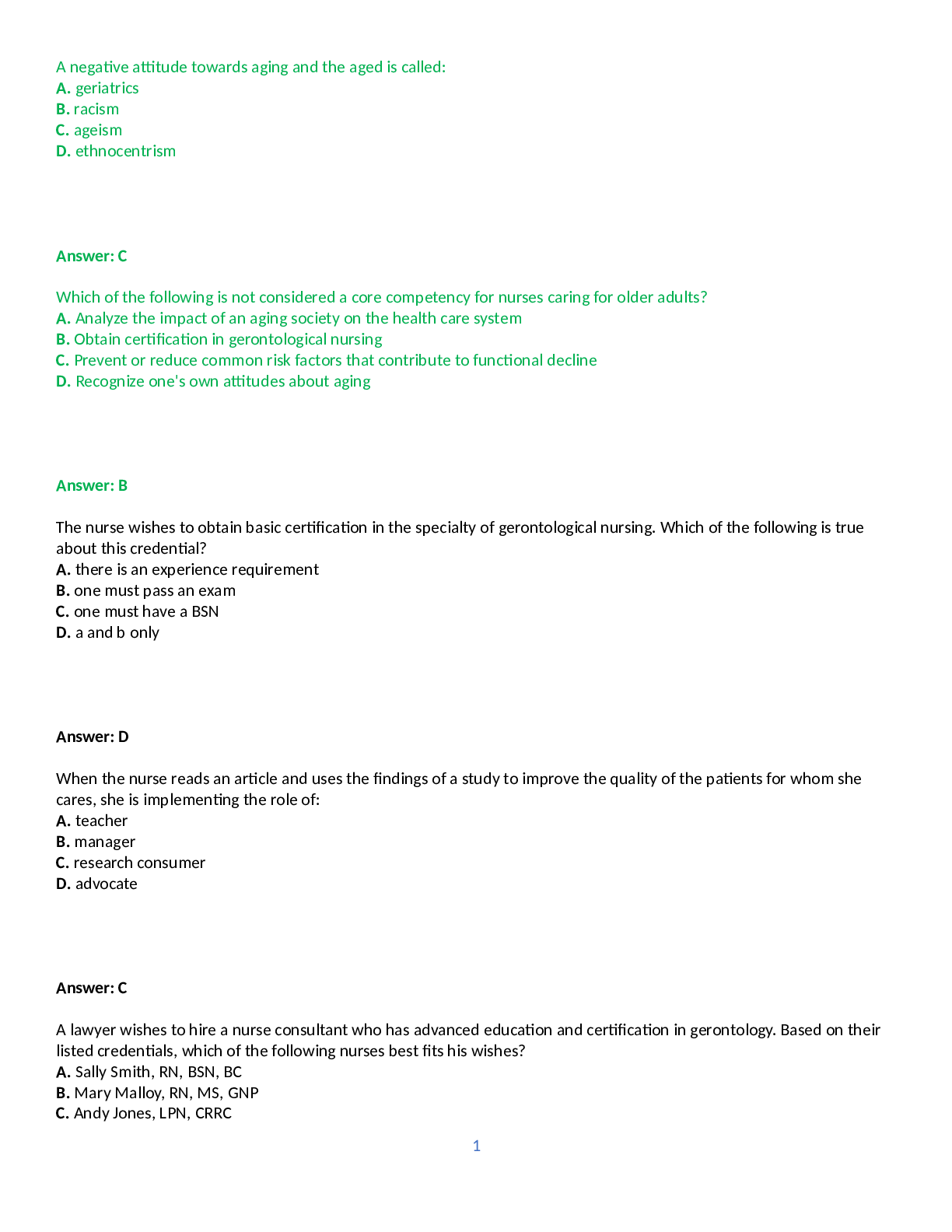

 - libgen.png)




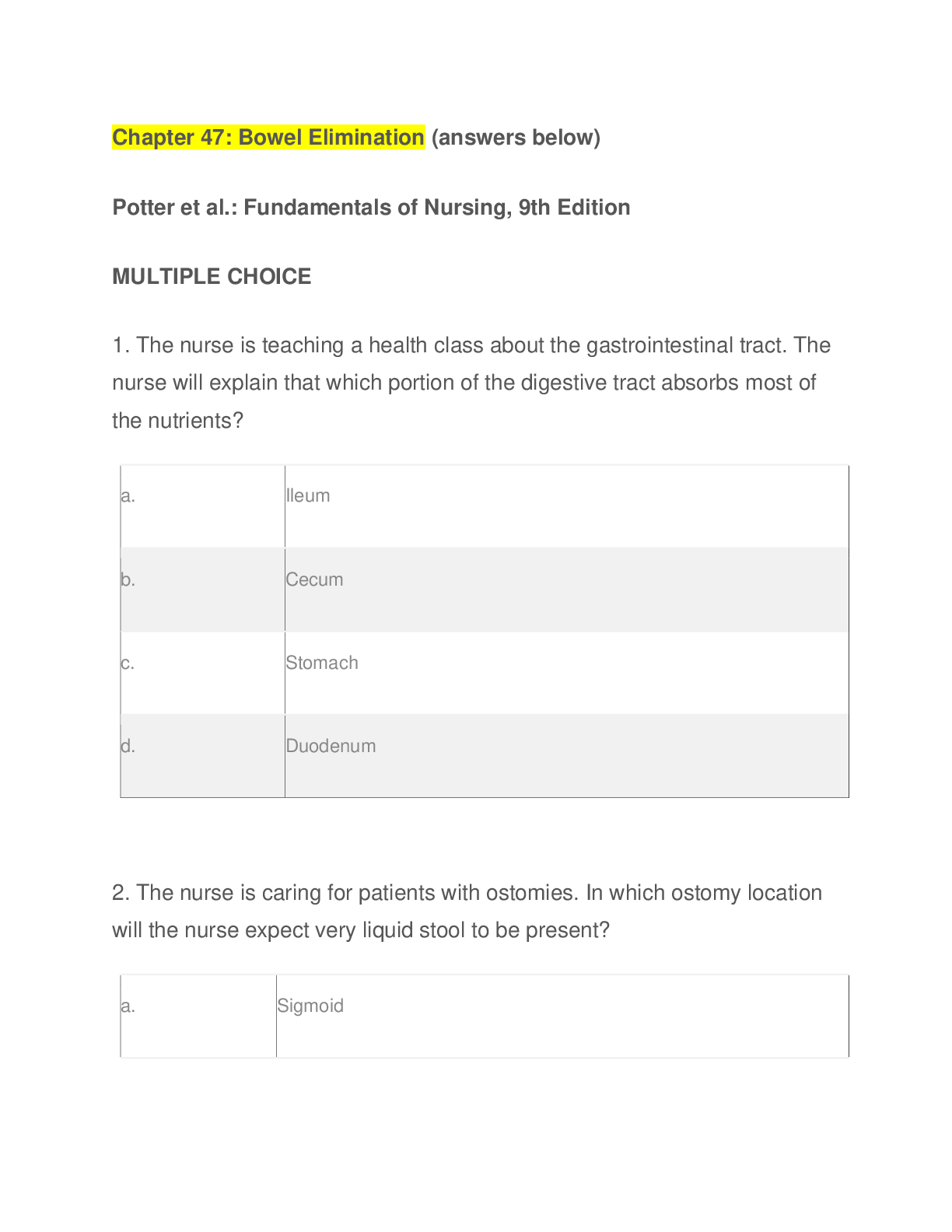
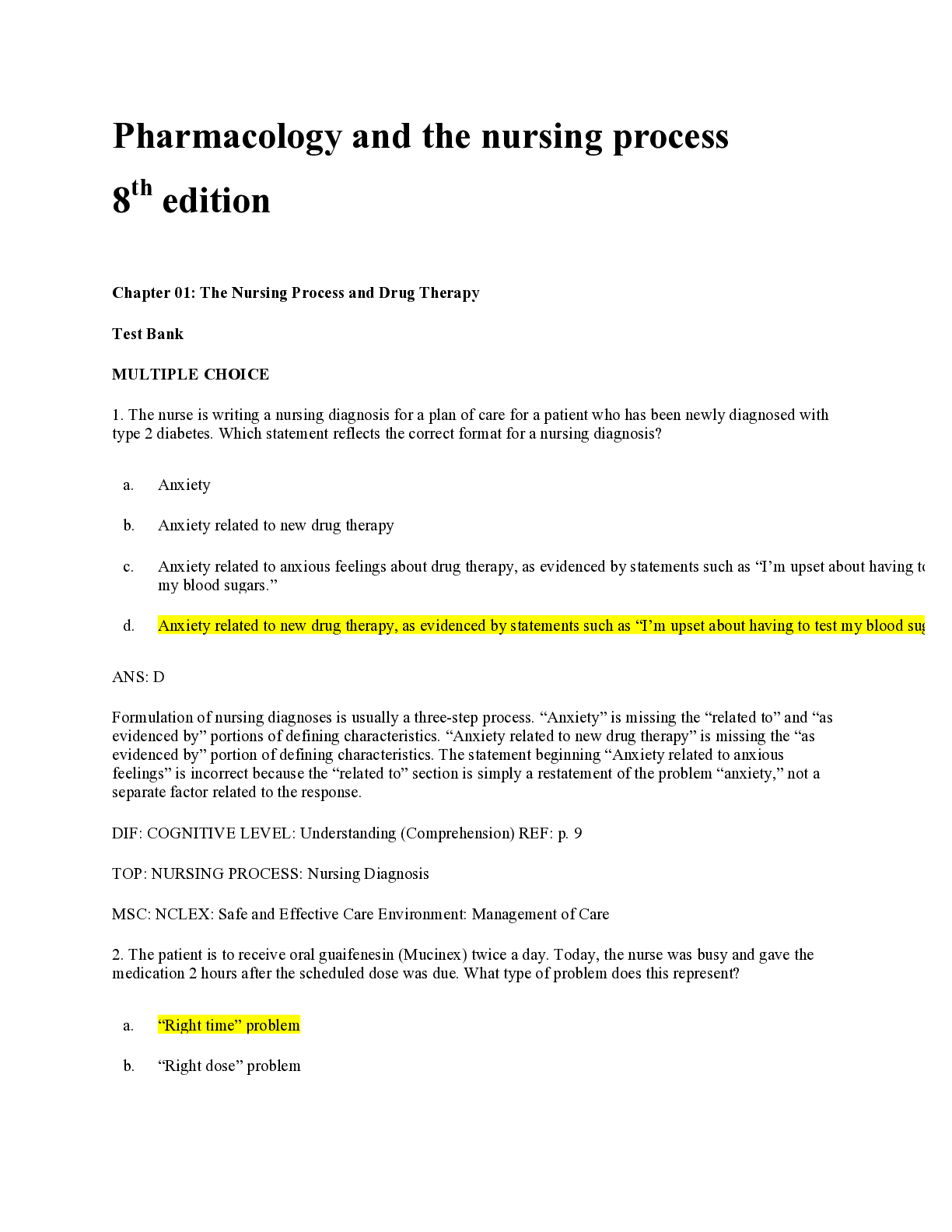
.png)
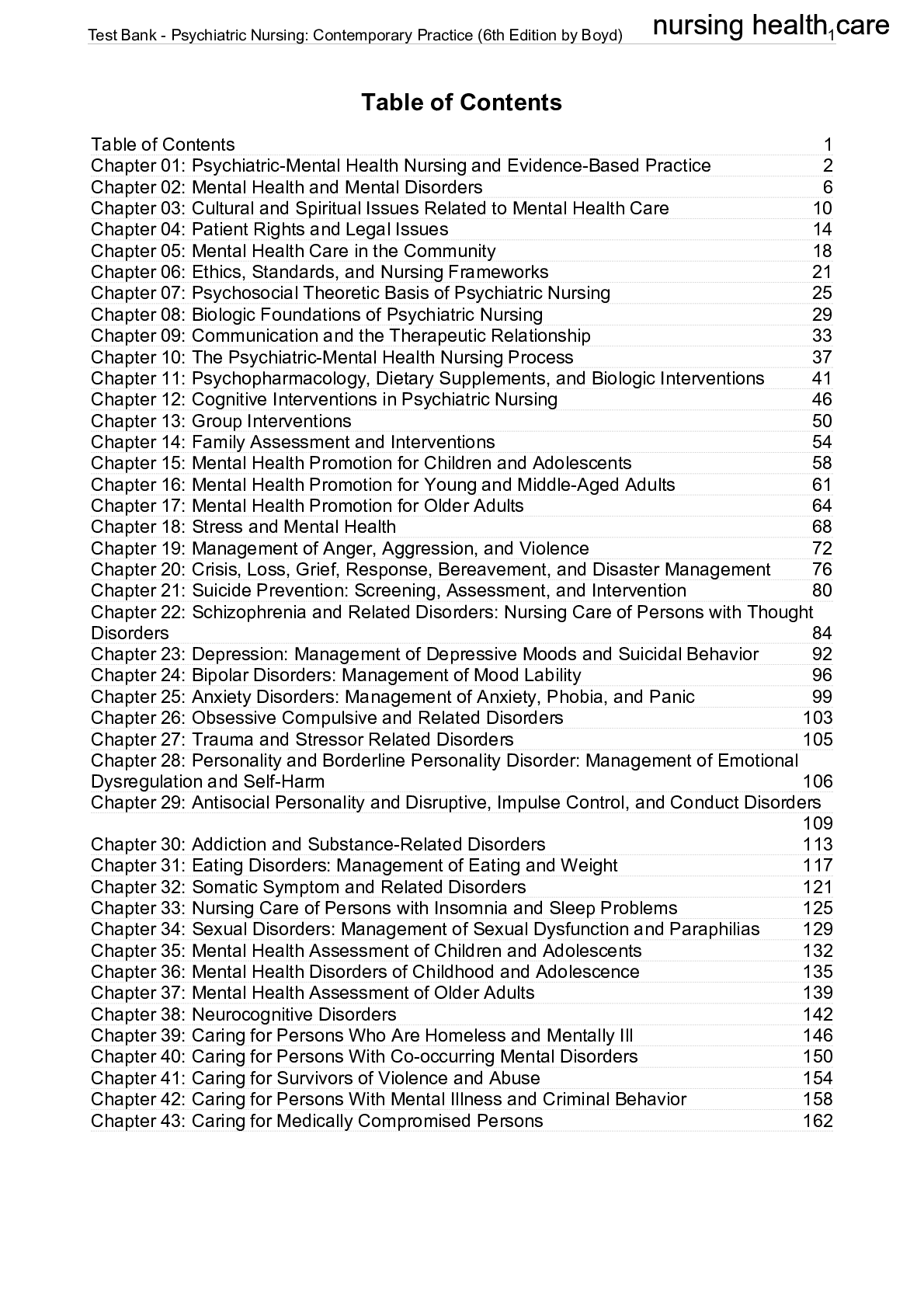
 Mark F.png)
 - libgen.png)

 Securities Institute of America - Wiley series 63 exam review 2016 + test bank_ the uniform securities state law examination-John Wiley and Sons (2016).png)
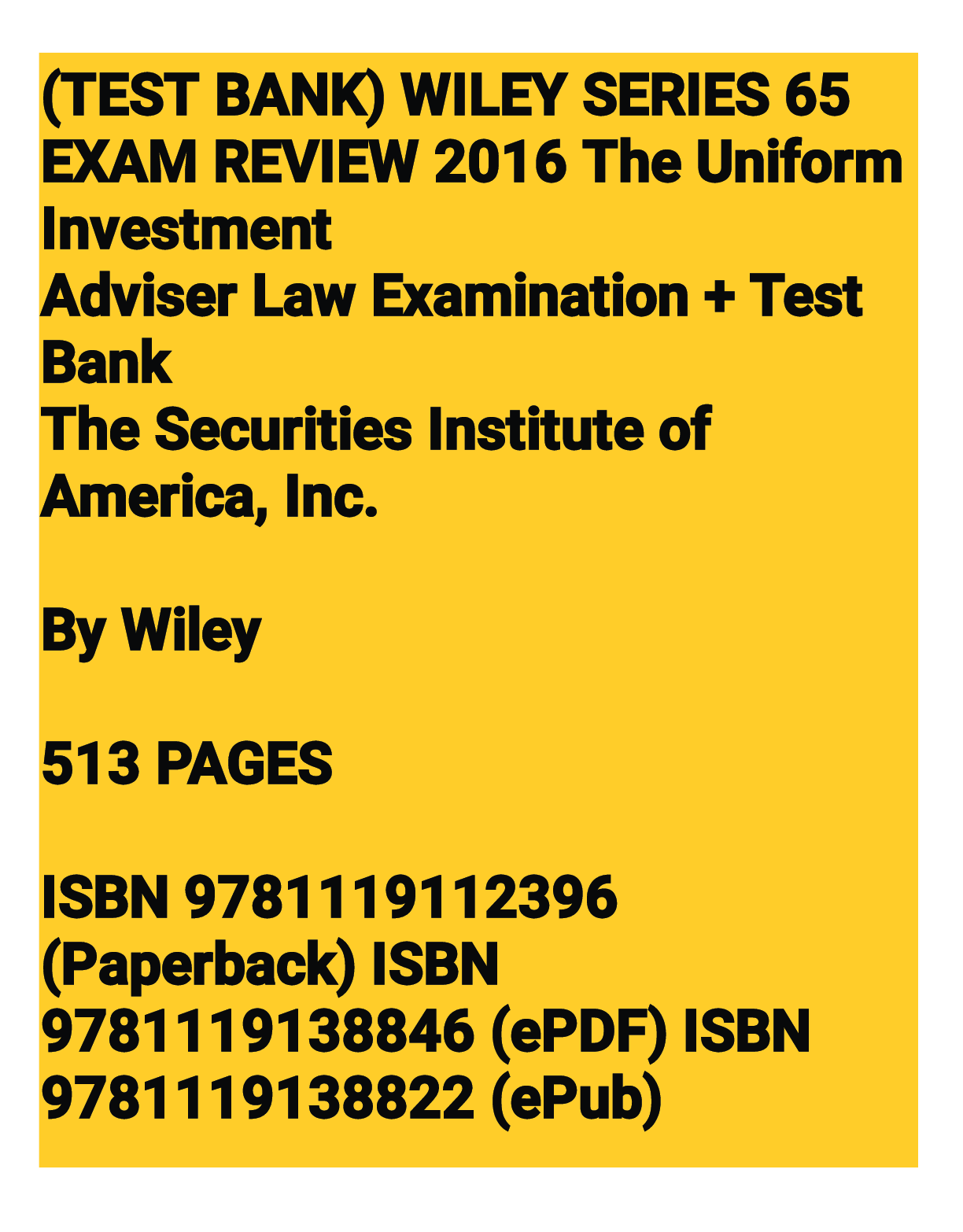


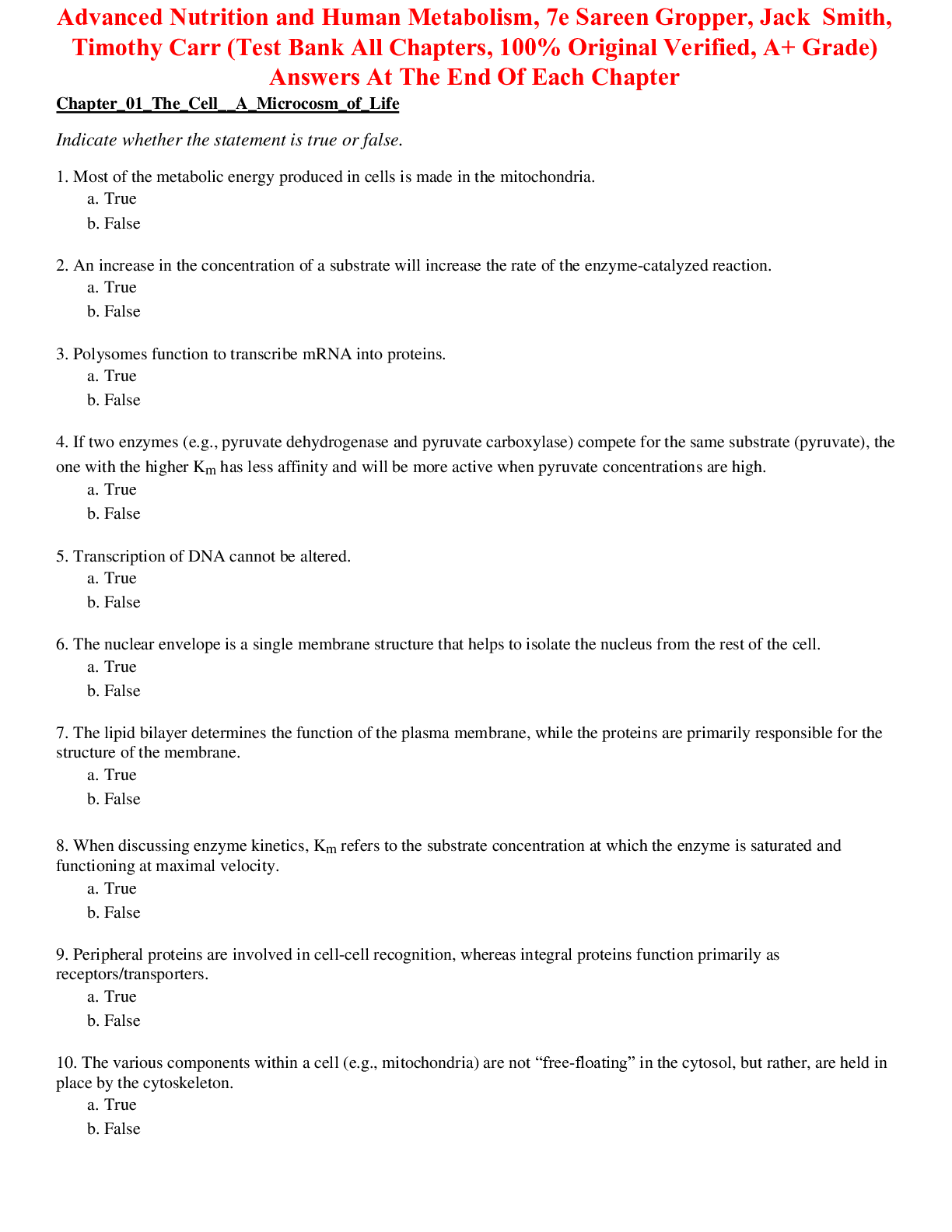
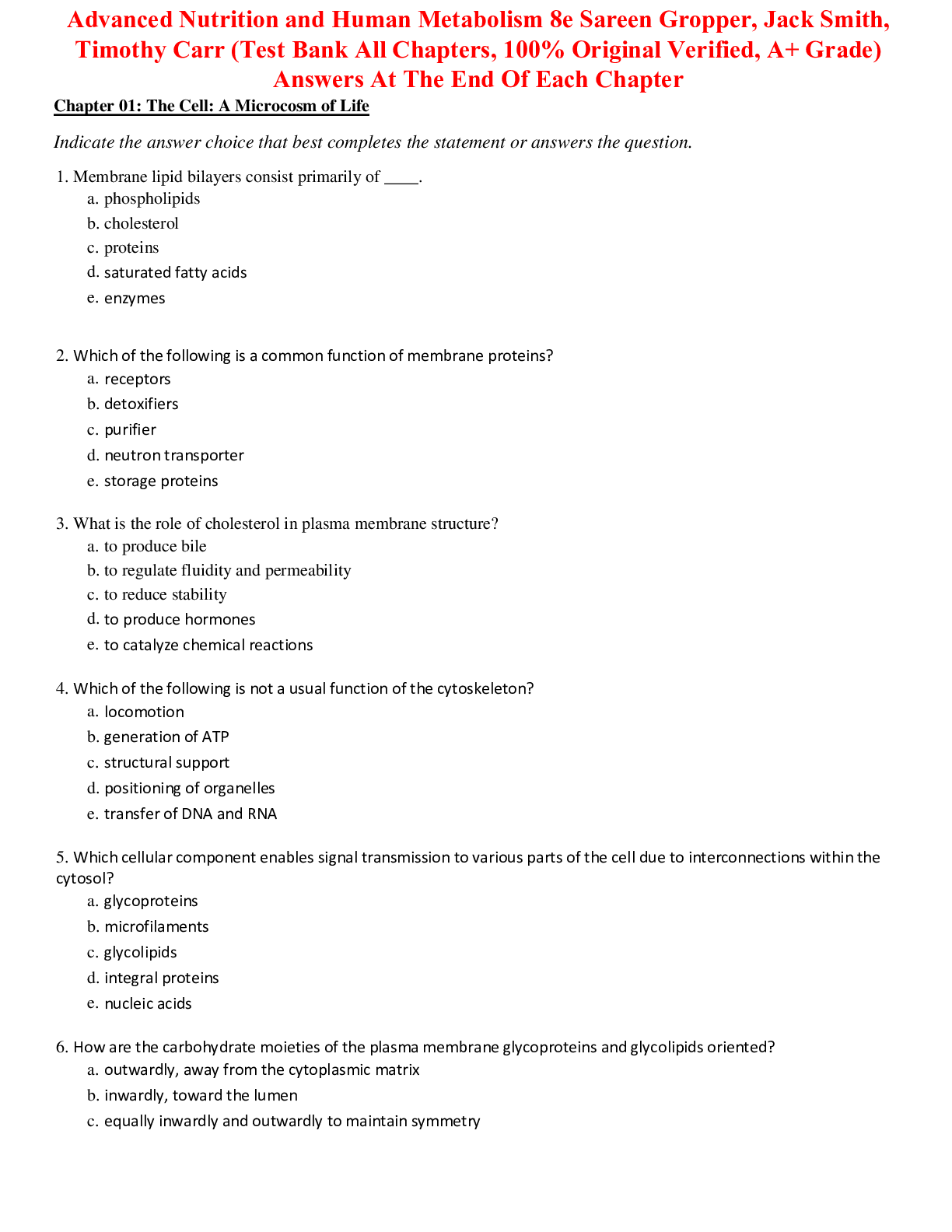






.png)
